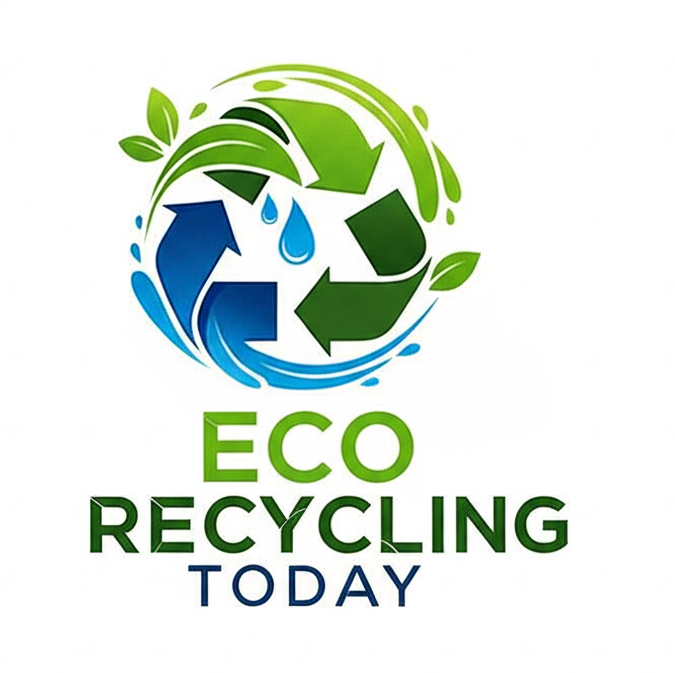Warehouses are the heartbeat of supply chains—storing, sorting, and shipping goods around the globe. But they’re also hotspots for waste generation, especially from wood pallets, plastic packaging, and shipping materials. As sustainability becomes a top priority across industries, more warehouses are turning to recycling solutions that reduce waste and cut costs.
Warehouse operations generate large volumes of recyclable waste—including broken pallets, stretch film, cardboard, shrink wrap, strapping, and damaged goods. Without proper recycling, this waste ends up in landfills, creating environmental and operational challenges.
Benefits of Recycling in Warehouses:
- Reduces disposal costs
- Optimizes space and workflow
- Supports sustainability goals and certifications
- Enhances brand reputation
- Complies with local and global regulations
1. Pallet Recycling: Wood and Plastic
Wood Pallets
Wood pallets are among the most common and recyclable materials in warehousing. Instead of tossing broken pallets, companies can:
- Repair and reuse them
- Send damaged pallets to recyclers
- Use ground wood waste for mulch or biofuel
Tip: Work with local pallet recyclers who offer pick-up services or pallet buy-back programs.
Plastic Pallets
Plastic pallets are durable and 100% recyclable. Even after years of use, they can be:
- Melted down and remolded into new pallets
- Reused within closed-loop logistics systems
Plastic pallet recycling reduces reliance on virgin materials and supports circular warehousing systems.
2. Packaging Waste Recycling
Cardboard & Paper
Corrugated boxes, cartons, and paper void fill can easily be recycled. Many warehouses:
- Compact cardboard with balers for easy storage and pickup
- Reuse boxes internally for returns or transfers
- Partner with local paper recyclers for regular collections
trapping and Tape
While some plastic strapping (PP or PET) is recyclable, it must be sorted properly and kept clean. Avoid mixing with non-recyclable tapes like PVC.
3. Plastic Film & Shrink Wrap Recycling
Warehouses use large amounts of stretch film, shrink wrap, and pallet wrap, which are often made from LDPE (Low-Density Polyethylene). Though thin and lightweight, these materials are highly recyclable if collected properly.
How to Recycle Plastic Films:
- Set up dedicated bins for clean, dry wrap
- Compact and bale film waste for pickup
- Work with film recycling partners who accept warehouse-grade LDPE
Pro tip: Don’t mix stretch film with food-contaminated plastics or other non-recyclables.
4. Implementing a Warehouse Recycling Program
Here are some best practices to make recycling part of daily operations:
- Conduct a Waste Audit: Identify what types of waste your facility produces and where recycling opportunities exist.
-
Label and Color-Code Bins: Use clear signage to help separate paper, plastics, metal, and wood materials.
-
Choose the Right Partners: Collaborate with certified recycling companies that offer pickup, tracking, and documentation.
-
Track Performance: Monitor your recycling rates, material weights, and savings to measure ROI and progress toward sustainability goals.
Recycling in warehouses isn’t just an environmental responsibility—it’s a smart operational strategy. By focusing on pallets, packaging, and plastics, facilities can reduce waste, lower costs, and move closer to circular supply chains.
Whether you run a small fulfillment center or a large distribution hub, investing in recycling solutions for warehousing is a step toward a cleaner, more efficient future.
